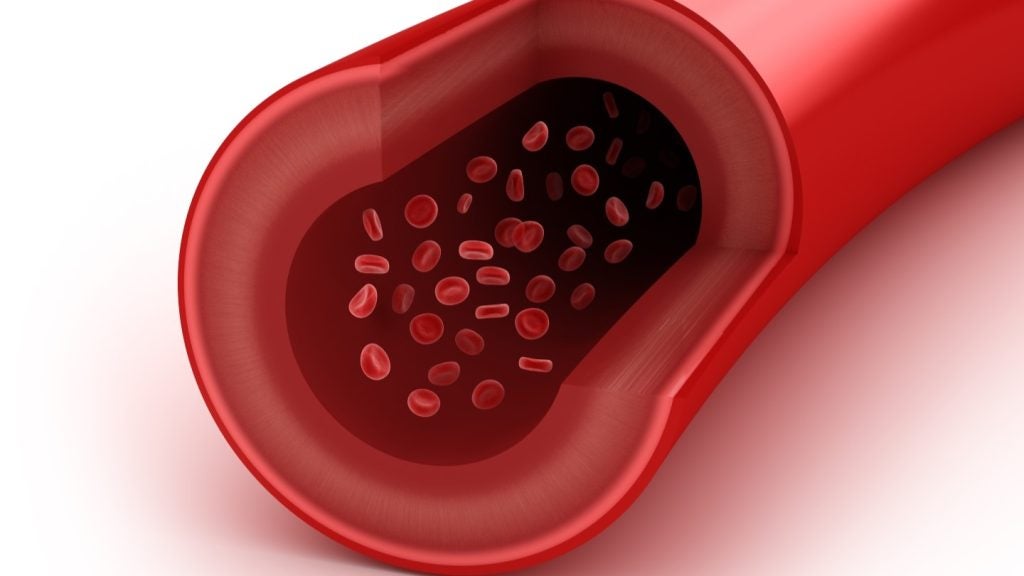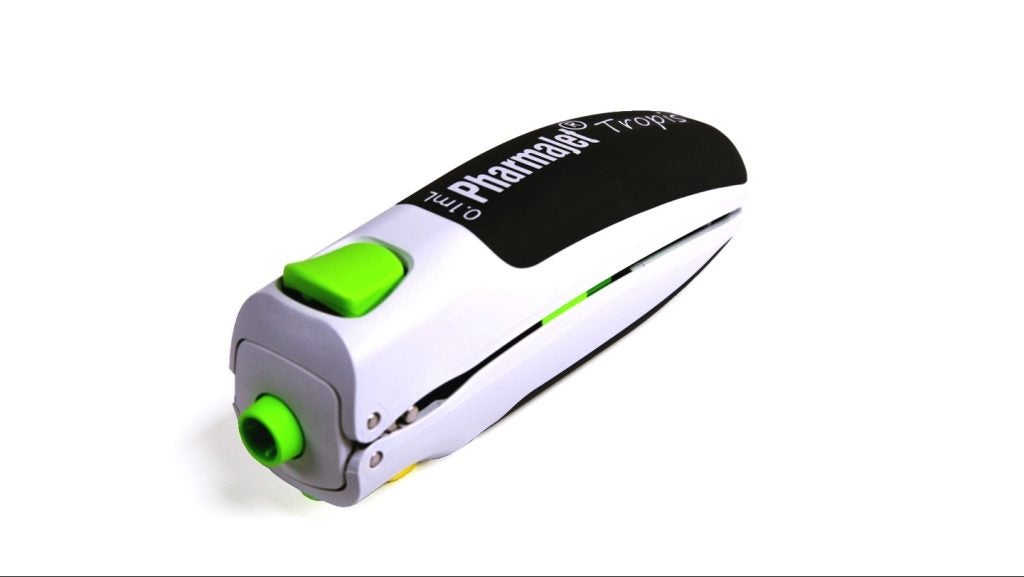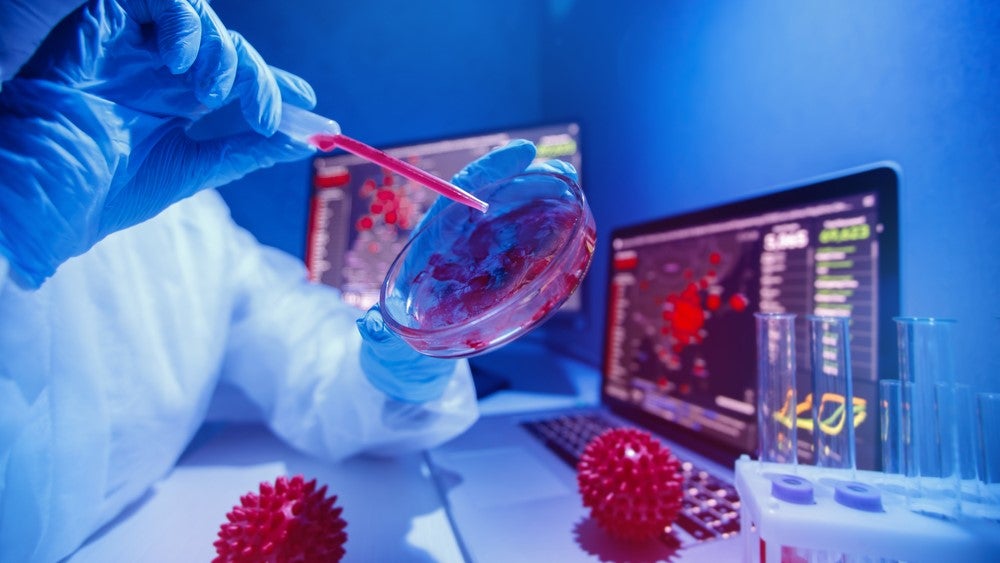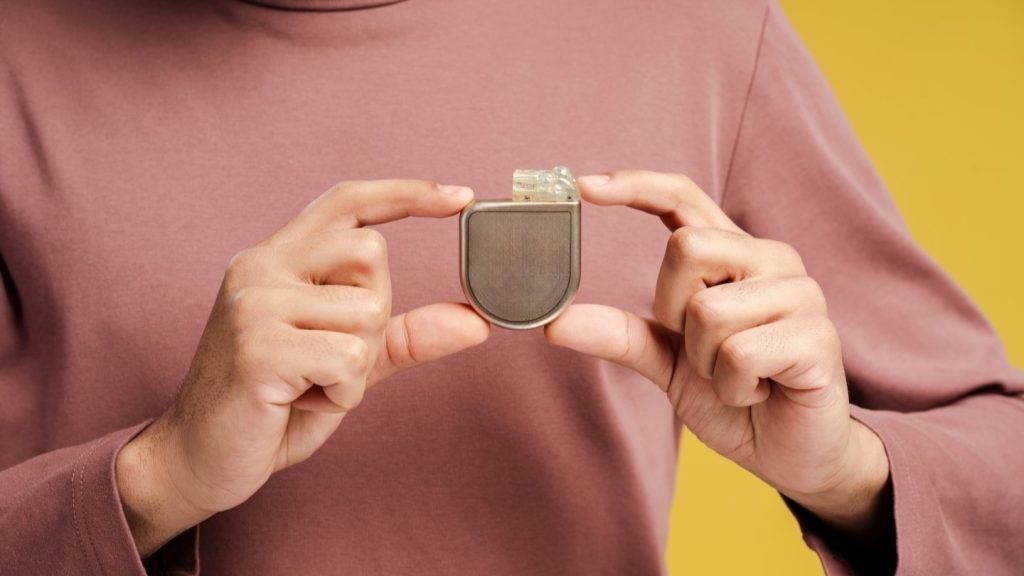Align Technology has filed a patent for a method of intraoral scanning that involves generating a three-dimensional surface of a dental site from multiple scans, identifying hard and soft tissue, and displaying the surface with different visualizations for each tissue type. The system includes an intraoral scanner and a computing device. GlobalData’s report on Align Technology gives a 360-degree view of the company including its patenting strategy. Buy the report here.
According to GlobalData’s company profile on Align Technology, digital intra-oral scanning was a key innovation area identified from patents. Align Technology's grant share as of September 2023 was 58%. Grant share is based on the ratio of number of grants to total number of patents.
Intraoral scanning system for displaying hard and soft tissue
See Also:
A recently filed patent (Publication Number: US20230309800A1) describes a system for generating and visualizing three-dimensional (3D) models of dental sites. The system includes an intraoral scanner that captures multiple intraoral scans during a scanning session. These scans are then processed by a computing device to generate a 3D surface of the dental site. The computing device uses a trained machine learning model to identify hard tissue (such as teeth) and soft tissue (such as gingiva) in the scans or the 3D surface. The system then displays the 3D surface, with different visualizations and transparency levels used to distinguish between hard and soft tissue.
The computing device in the system can also perform additional functions. It can identify margin lines around preparation teeth and display them using additional visualizations. The system can receive additional intraoral scans and update the 3D surface accordingly, with the newly added data displayed as semi-transparent. The system can subsequently segment the additional scan data into hard and soft tissue, updating the visualization accordingly. The computing device can also identify and remove moving tissue or dental tools from the 3D surface, updating the view to reflect the removal.
Furthermore, the system allows users to interact with the 3D surface. Users can input coordinates, and the system determines the closest tooth to that coordinate, displaying it with the appropriate visualization. Users can also drag a hint feature to a coordinate, and the system will display the closest tooth using the appropriate visualization. The system can also overlay the 3D surface of a preparation tooth onto a 3D surface of a dental arch, with the gums shown using a semi-transparent visualization.
The patent also describes a non-transitory computer-readable medium containing instructions for performing the operations described above, as well as a method for generating and visualizing the 3D surface of a dental site.
Overall, this patent presents a system that utilizes intraoral scans and machine learning to generate and visualize 3D models of dental sites, providing valuable tools for dental professionals in treatment planning and patient communication.
To know more about GlobalData’s detailed insights on Align Technology, buy the report here.
Premium Insights
From

The gold standard of business intelligence.
Blending expert knowledge with cutting-edge technology, GlobalData’s unrivalled proprietary data will enable you to decode what’s happening in your market. You can make better informed decisions and gain a future-proof advantage over your competitors.







